Spring Water: Unveiling What GHQ Feared and Erased from Japan Part 4
Introduction
In the last post of this GHQ series, I explored how Japanese people were under the salt-starve spell for 26 years. Natural sea salt is, it turns out, an essential element for the optimal functioning of our body, mind, and soul.
In this post, we will continue our ramble on Shinto offering items that Japanese people have always revered but almost lost because of the regulations by the postwar occupation force. Today’s topic is water—especially natural spring water, which is so pristine and abundant in Japan. People have always protected and revered this life giving magical substance, or being I should say as everything is alive. However, even this essential life element was in danger during postwar GHQ occupation. Let’s get rambling to discover the story.
Japan’s Water Paradox
Japan, a cluster of islands surrounded by oceans, might seem naturally blessed with abundant pure water. However, this common assumption overlooks the complex relationship between land stewardship and water availability. Recent research has demonstrated that precipitation patterns are significantly influenced by how humans manage the land.
Ancient Practices: The Cultural Heritage of Forest Conservation
Since ancient times, Japanese culture has emphasized forest preservation. In Japanese mythology, the deity Susanō planted trees to keep the land covered with greenery, establishing a tradition that Japanese people have honored for centuries. This cultural practice of stewardship resulted in approximately 66% of Japan’s land remaining forested to this day—a testament to the ecological wisdom of Japan’s ancestors.
Wartime Devastation and Post-War Policies
Everything changed during and after World War II. Forests were heavily harvested for military resources during the war years. The post-war reconstruction period created additional demand for lumber to rebuild destroyed homes, leading to brutal deforestation and an eventual severe shortage of timber.
In response, the Japanese government established the Afforestation Temporary Measures Act in 1950. This policy, heavily influenced by occupation authorities, subsidized forestry industries with long-term loans to create massive artificial forests of non-native cedar trees throughout Japan.
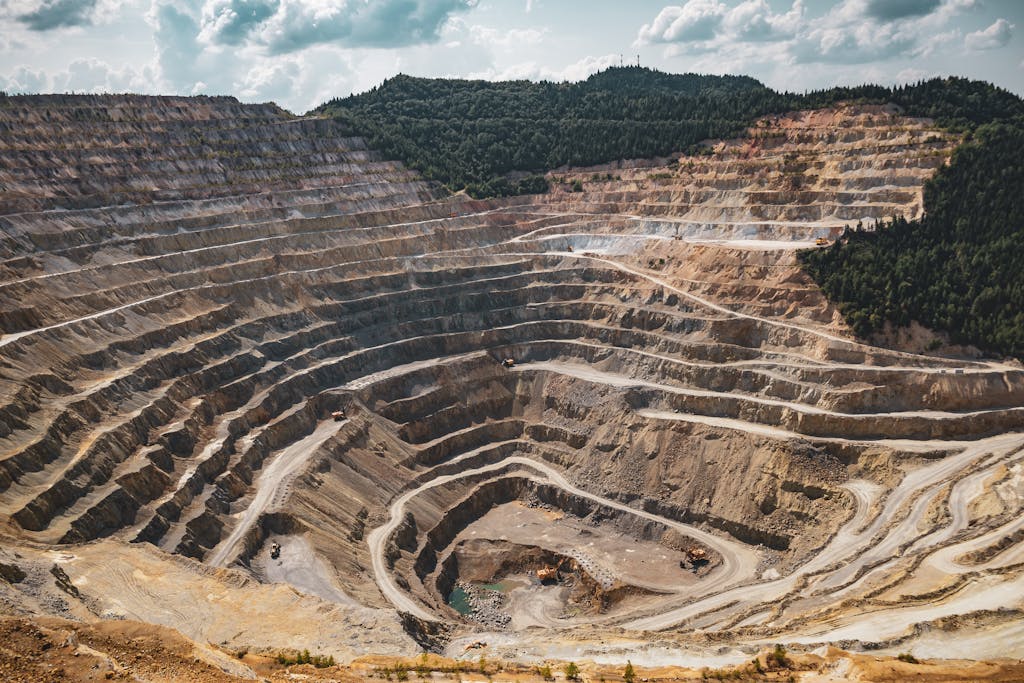
Unintended Consequences
The reforestation strategy proved problematic for several reasons:
The planted cedar trees couldn’t compete economically with cheaper imported lumber as oil prices decreased
Cedar trees don’t develop the deep root systems characteristic of native deciduous trees
Approximately a quarter of the Japanese population suffers from cedar pollen allergies
The construction of numerous dams further disrupted natural water systems.
The GHQ’s Role and Legacy
The General Headquarters (GHQ) of the Allied occupation made critical decisions about Japan’s reforestation and water management policies. If their genuine intent had been to rebuild Japan as an economically and politically resilient nation, they might have implemented different regulations regarding forest and water resource management.
Modern Challenges
Today, natural springs throughout Japan are disappearing due to the combined effects of artificial forests and dam construction. Adding to this concern, foreign businesses and entities are increasingly purchasing Japanese land with valuable water sources, further threatening the availability of natural spring water for Japanese citizens.

Conclusion
The history of Japan’s natural spring water reveals how policy decisions, especially those made during occupation periods, can have long-lasting environmental and cultural impacts. Understanding this history is essential for addressing current water challenges and developing more sustainable approaches to water management in Japan.
I have childhood memories of walking with plastic bottles in my arms for miles with my favorite aunt to go harvest spring water coming out of the side of a moss-covered green mountain. We would thank the water and forest, then we would thank again when we make our tea at home. Then we go sit in the hot springs and thank yet again for this pristine healing water. I send gratitude for my ancestors who revered, tended, and stewarded the land so that this healing water always runs through Japan and nourishes her people. Even though the water in Japan met some atrocities from deforestation and wars, my happy memories of spring water remind me that there’s always an opportunity for restoration. With this, I conclude this ramble on water. Thank you for joining me, and we will meet again in the next ramble, which will be about the history of hemp cultivation in Japan. Until then, take care friends! 元気でね!
P.S. Please leave a comment below or sign up on my periodic newsletter to stay tuned. I would love to hear from you!!

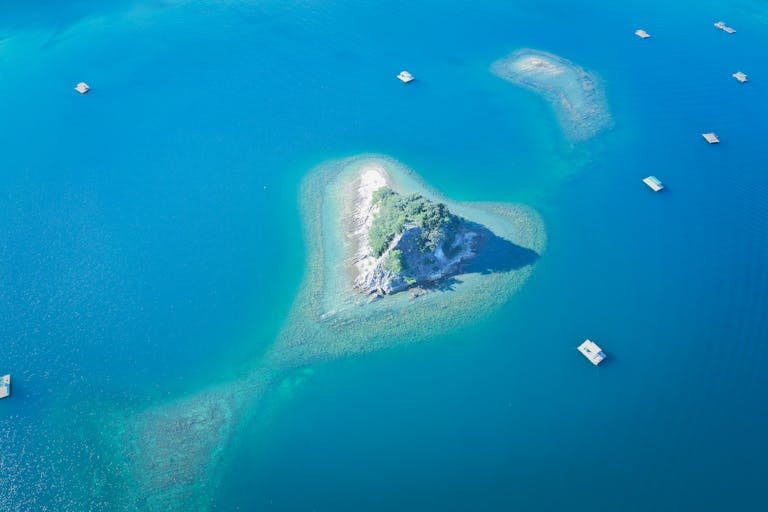
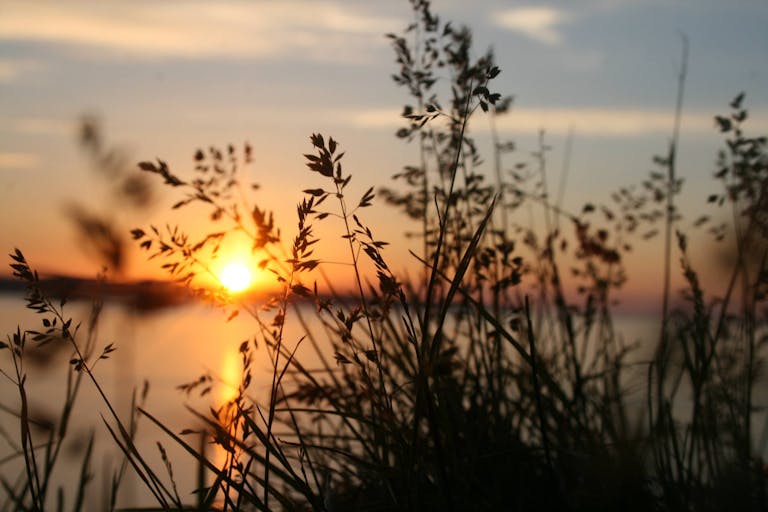
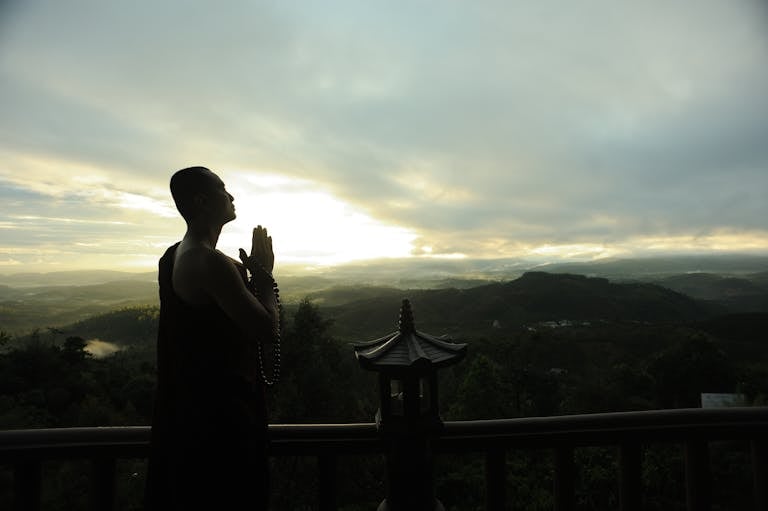
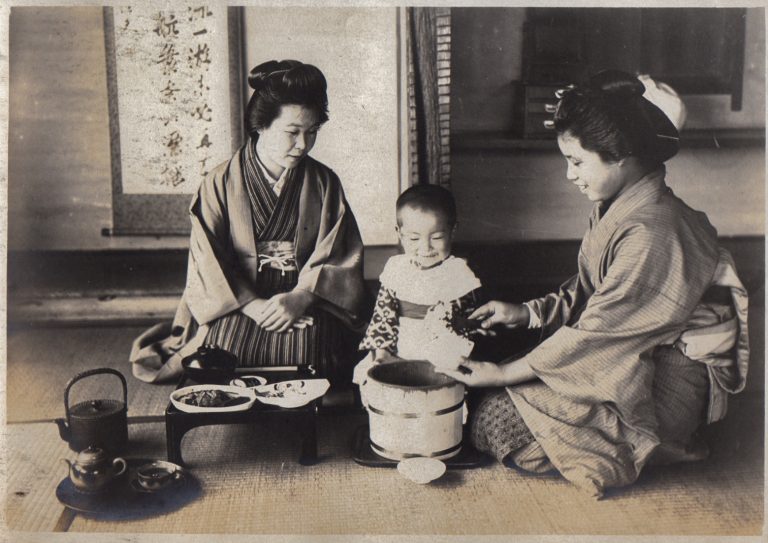
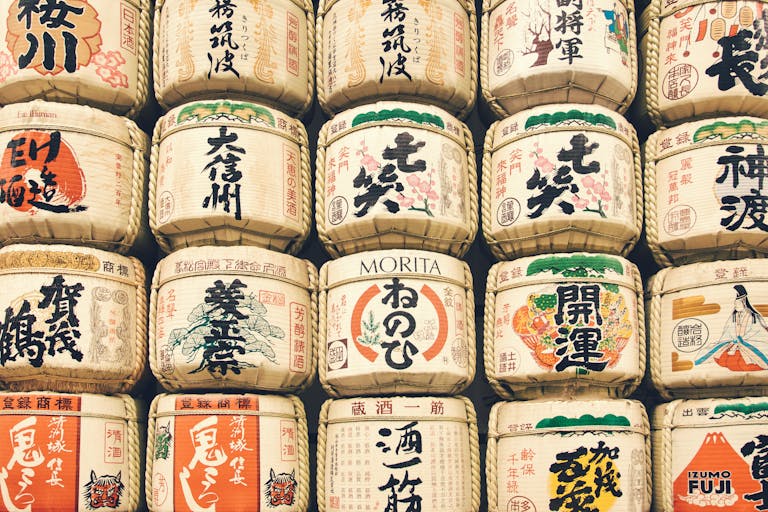
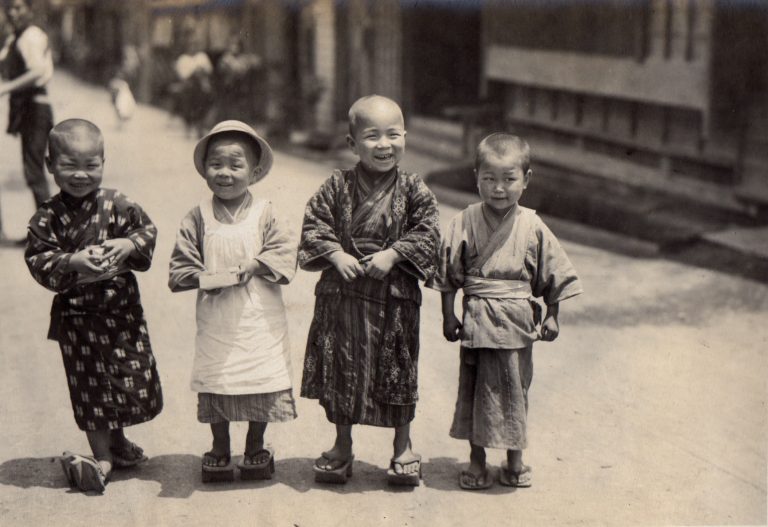
One Comment